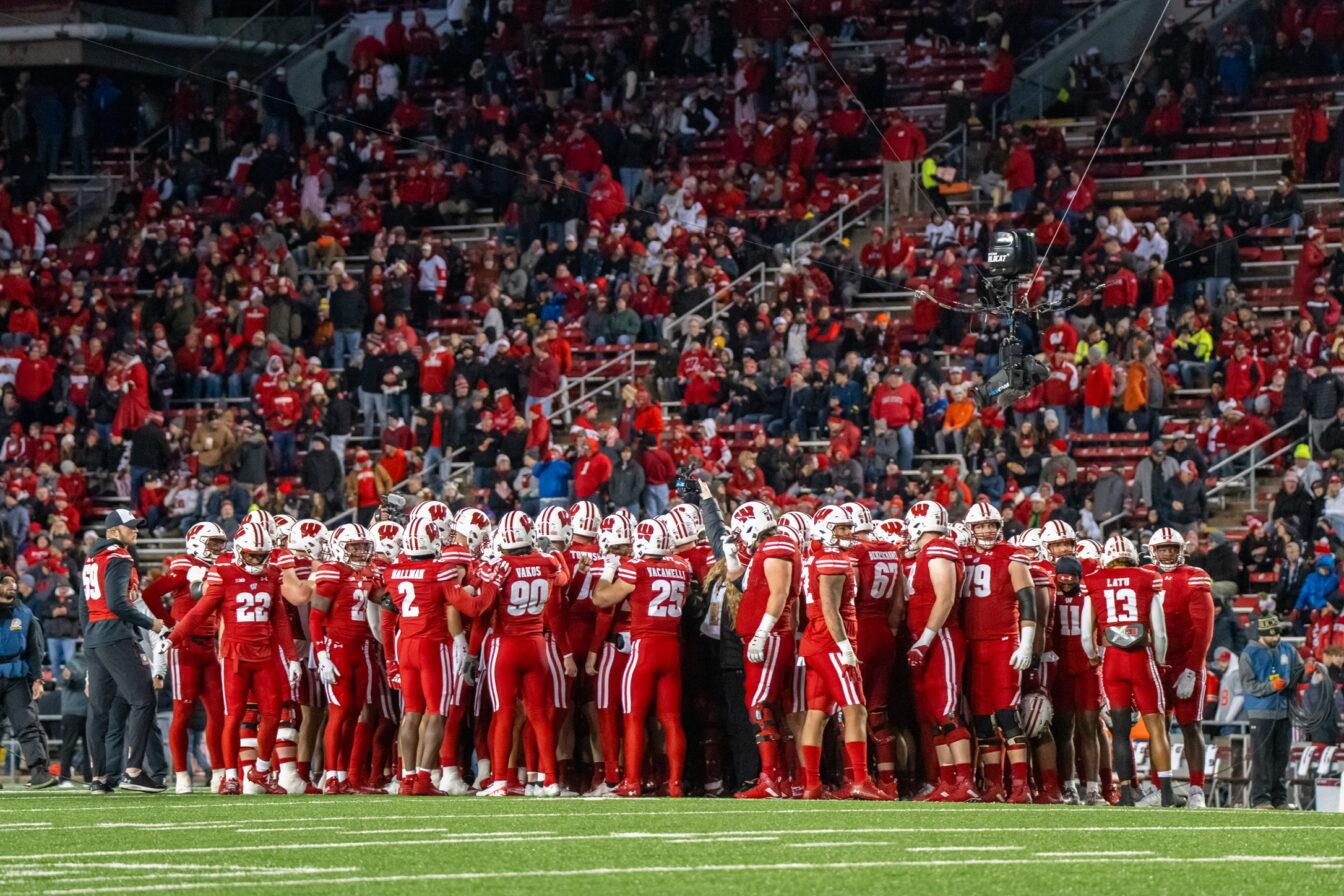Offense sells tickets, defense wins championships. That is the old adage. That is what the ancient talking heads on TV blurt out every fall.
The thought process behind this clich? makes sense. Without timing, coordination and consistency, an offense will fail, and it is difficult to ensure that all three of those factors show up every game. Defense, on the other hand, depends on aggression and athleticism, two factors that rarely leave you during a football game. The logic is, even when an offense stalls, a championship defense can win the game.
Last Saturday, however, the old adage looked simply, well, old.
USC lost to Oregon State, Georgia fell to Alabama and Wisconsin dropped an embarrassing game to Michigan. All three of those teams were supposed to rely on their defenses to win the games.
Alabama, Oklahoma and Penn State, on the other hand, rode their offenses to convincing victories over ranked teams.
Each game demonstrated that a dominant offense is the most important aspect in college football today.
According to most national pundits, USC has the best defense in the league – a ; a championship caliber defense if there ever was one. The Trojans defense was unable to key on Oregon State running back Jacquizz Roberts, however, and the Beavers scored a respectable 27 points against the best defense the Pac-10 has to offer. Where was USC’s offense though? When the team needed to be picked up the most, an above-average offense just wasn’t good enough to pull out the game.
Oklahoma, on the other hand, used a balanced, quick-hitting offense to dominate a tough TCU team early in the game. The Sooners put the Horned Frogs on their heels, and never lifted their feet off the pedal. OU has a good defense, but it is their offense – which averages 49.8 points per game – that has them ranked No. 1 in the country.
Penn State is yet another example of a team riding an explosive offense to the top. The Nittany Lions toiled in mediocrity the past few seasons, because a stagnant offense wasn’t competitive enough to boost them to elite levels. This year, however, with quarterback Daryll Clark running the “Spread HD” offense, Penn State has taken its program to the next step, and they are the current favorites to win the Big Ten. This offense was nationally showcased last Saturday against then-No. 22 Illinois. The Nittany Lions won 38-24, not because their defense stopped Illinois, but because their offense was simply too much for the Fighting Illini defense to handle.
Finally, we have Wisconsin. The Badgers are the perfect showcase of the limitations of an average offense. UW’s inability to get the ball in the end zone screwed the Badgers in the second half. Furthermore, the inability of the offense to produce time-consuming drives tired out the defense and allowed for an mediocre Michigan team to come back and take the game. At the time, the Badgers were the highest- ranked team in the Big Ten, but their lack of a diverse, dominant offense doomed them against an overmatched Michigan team.
Among the top eight teams, only two of them – LSU and Alabama – average less than 40 points a game (but both of them average over 35). Compared to the rest of the top 25, where only Oklahoma State and Oregon average 40 points or more a game, it is clear that a dominant offense is now required to reach the upper echelon of college football.
The reason for this change in dynamic is simple; the spread offense has come to rule. The spread offense is diverse and has taken many forms, but several principles remain the same no matter what variation a team runs.
Most notably, offenses are spreading the field with multiple wide receivers while phasing out the fullback, and the dual threat QB is more prominent than ever before. But more importantly, coaches are looking to exploit matchups through the use of speed and quickness. Whether that means a wide receiver end-around, or lining up a running back as a wide receiver, offensive innovation is at an all-time high.
The old clich? above-mentioned no longer holds true, because the spread offense flipped the script. A defense can no longer rely on unadulterated aggression, because a talented offense will make them pay for over-pursuing. A defense can no longer create mayhem with aggressive blitzing, because a dynamic offense will kill them with quick passes and a hurry-up offense. Defenses today must be assignment sound, consistent tacklers and knowledgeable of their roles. Basically, everything that used to cause an offense to fail, has become the downfall of the modern defense.
Furthermore, because of the rise of the spread offense, defenses no longer boast the best athletes. Defense used to have an advantage because linebackers possessed a better combination of speed and strength than any players offenses had to offer. With more and more teams using multiple wideouts, however, athletic linebackers have been neutralized by game-breaking wide receivers.
The phrase “defense wins championships” just isn’t relevant anymore. Much like the way of car phones, Bobby Bowden and Soulja Boy, it’s time has simply come to pass.



















